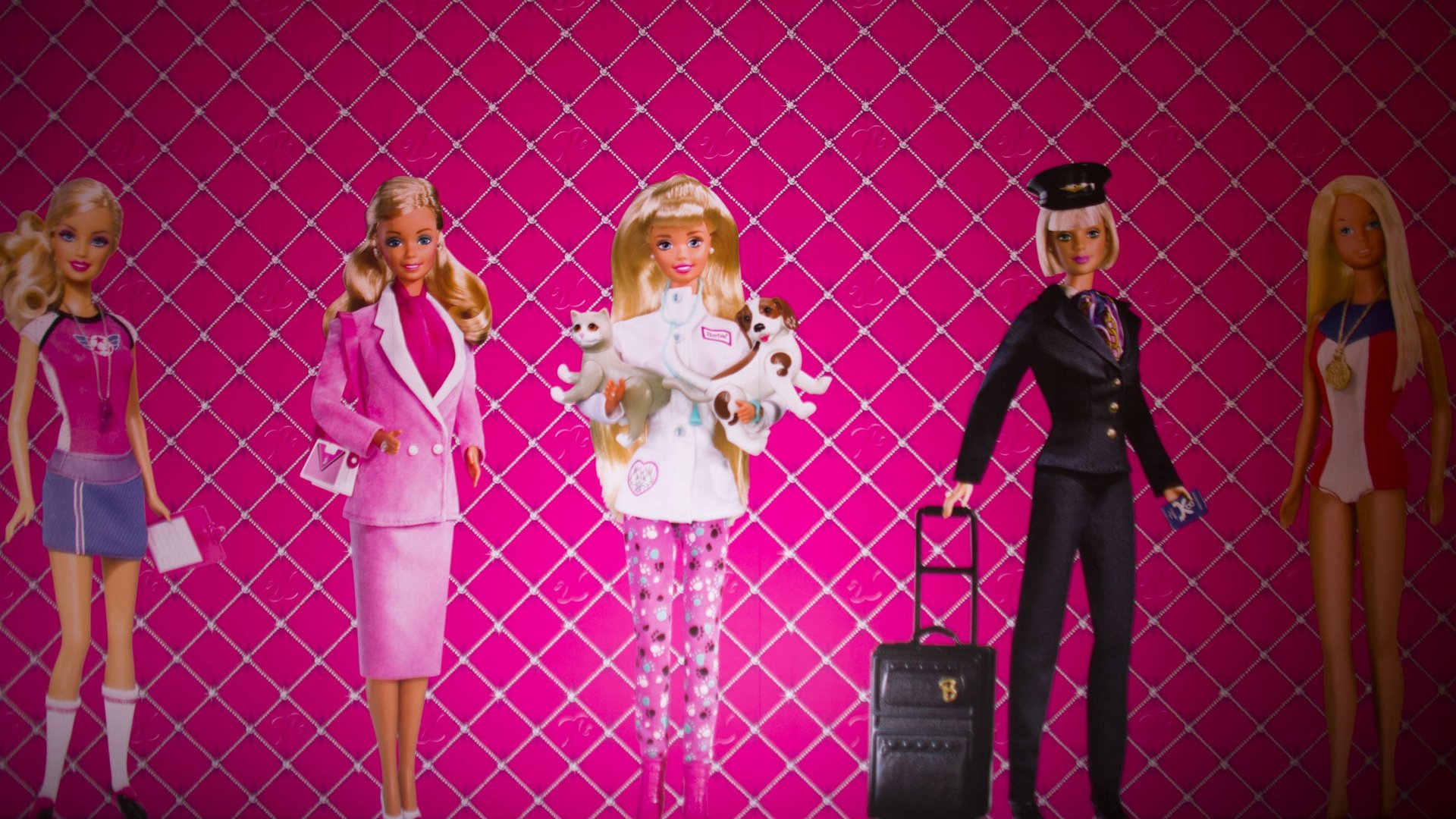Career Barbie doesn’t help girls’ career ambitions
Among the things to hate about Barbie is that she’s styled such that no woman could ever have her proportions and remain bipedal. Many say she’s too thin, too made-up, and too passive-looking to be a role model for the modern girl. (Barbie’s response, of course, is #unapologetic.)


Among the things to hate about Barbie is that she’s styled such that no woman could ever have her proportions and remain bipedal. Many say she’s too thin, too made-up, and too passive-looking to be a role model for the modern girl. (Barbie’s response, of course, is #unapologetic.)
There’s already evidence that Barbie affects girls’ body image. But through her many iterations, Barbie has now been a paleontologist, a pilot, and a Marine. With options like those, surely she doesn’t cause any lasting damage to girls’ career aspirations?…Right? Right?
A duo of researchers at Oregon State University hypothesized that playing with sexualized dolls not only hurts self-esteem, it influences the way young girls think about their adult lives.
Past research in the UK has shown that nearly a third of female teenagers want to be models, while only 4% wanted to be engineers. Adolescent girls, it seems, are drawn to careers based on appearance, not knowledge.
Is Barbie the one steering young girls away from the Python code and toward the catwalk?
For the study, published in the journal Sex Roles, 37 girls between the ages of 4 and 7 were randomly assigned to play with one of three dolls: a typical Barbie doll wearing a fancy party dress; a “career” Barbie, decked in her career-ready lab coat, stethoscope, and “low-heeled shoes” (look out world!); or a Mrs. Potato Head doll, who comes adorned with chunky high heels and hot-pink purse, but otherwise has the countenance of a tuber, like her husband.
On average, the girls had 3.89 Barbie dolls at home. Because, you know, sometimes you cut their hair, or you accidentally amputate their toes in tragic accidents involving the “can-opener-is-a-pony” game.
Aurora Sherman, an associate professor in the School of Psychological Science at OSU, told me that Mrs. Potato Head was selected because “I wanted to have a control group that would keep the femaleness intact,” but wasn’t as sexy. And, “In terms of finding a doll that’s remotely the same size as Barbie and is not sexualized, you would be hard-pressed to do that.” Indeed, though she is similarly tawny, female, and supple, not even the most confused child could mistake Mrs. Head with the teetering, quixotically statured Barbie. Not even if they were both wearing lab coats. Not even in Lena Dunham’s America.
The children played with their respective toys for five minutes. Then they were presented with photos of 11 male- and female-dominated professions, so appointed according to Bureau of Labor Statistics data.
The female dominated occupations were teacher, librarian, day care worker, flight attendant, and nurse. The male dominated occupations included construction worker, firefighter, pilot, doctor, and police officer. The neutral occupation was a server in a restaurant.
The girls were then asked, “Could you do this job when you grow up?” and “Could a boy do this job when he grows up?”
Depressingly, all of the girls thought a boy would more likely be able to do more of both the male and female jobs:
But the girls who played with the Mrs. Potato Head doll thought they could do more of both kinds of jobs than the girls who played with either kind of Barbie. And the “Doctor Barbie,” they found, did not yield better results than “Standard Barbie.”
The paper has a few limitations: The sample size was small, as was the effect size. Still, it’s…icky. Why does a plastic spud make your daughter more likely to think she can be a scientist than an actual scientist doll does?
Maybe there’s something toil-oriented about the potato; handling it might have put the girls in the mindset of an industrious young Komsomol, dutifully tilling the fields of Dzerzhinsk. Or, the researchers speculated, “perhaps five minutes of play is not enough to allow the accessories and story of the Doctor Barbie to take effect.” (First, driving my pink Porsche to my dream house; then, getting engaged to Ken; next, my gerontology rotation…)
Women have been shown to perform worse on math tests when they wear swimsuits rather than sweaters. Barbie, then, might act like a perpetual swimsuit for the brain.”Barbie may be one way that ideas about a girls’ place in the world is communicated to the girl,” Sherman said.
The journal article wryly concludes, “Perhaps Barbie can ’Be Anything,’ but girls who play with her may not apply these possibilities to themselves.”
Possibly, but that could be too much of a leap. Maybe a six-year-old who gets the chance to play with a pretty, new doll doesn’t exactly have firefighting on the brain for the next few hours. And obviously, even after their Barbie years are over, the girls are sure to encounter other demoralizing influences.
It’s worth remembering, though, that Barbie has been remade before. In 1971, her eyes were changed to face forward, rather than to be perpetually glancing sideways demurely. Mattel has defended Barbie’s look by saying that her proportions make her easier to dress in miniature doll garments. But it could be that those clothes, even when they’re sciencey and professional, aren’t quite doing their job.